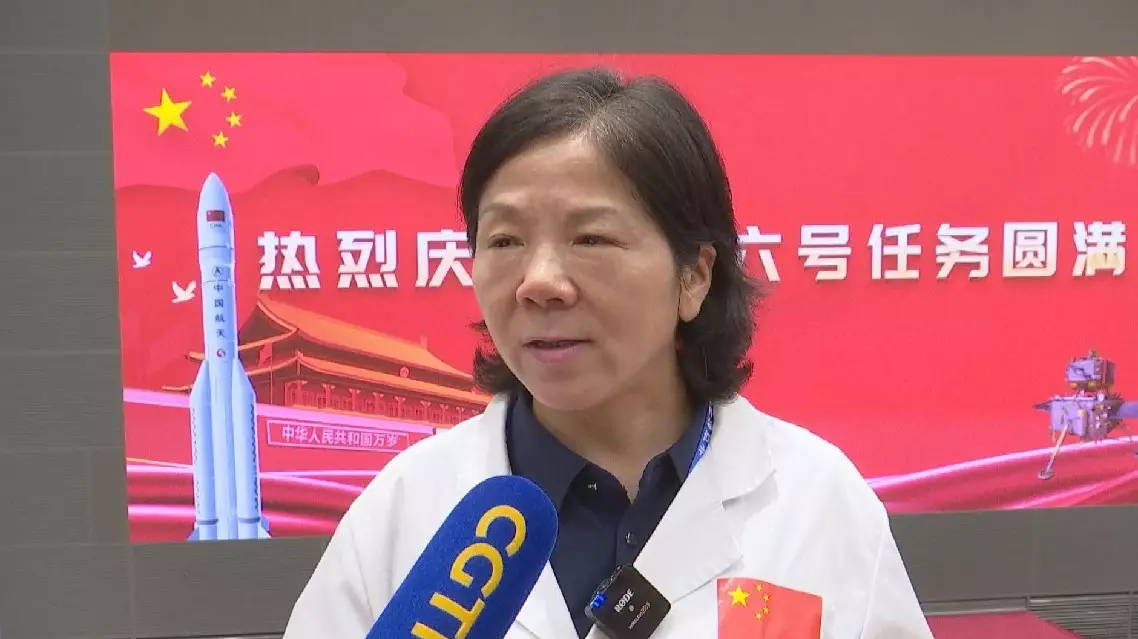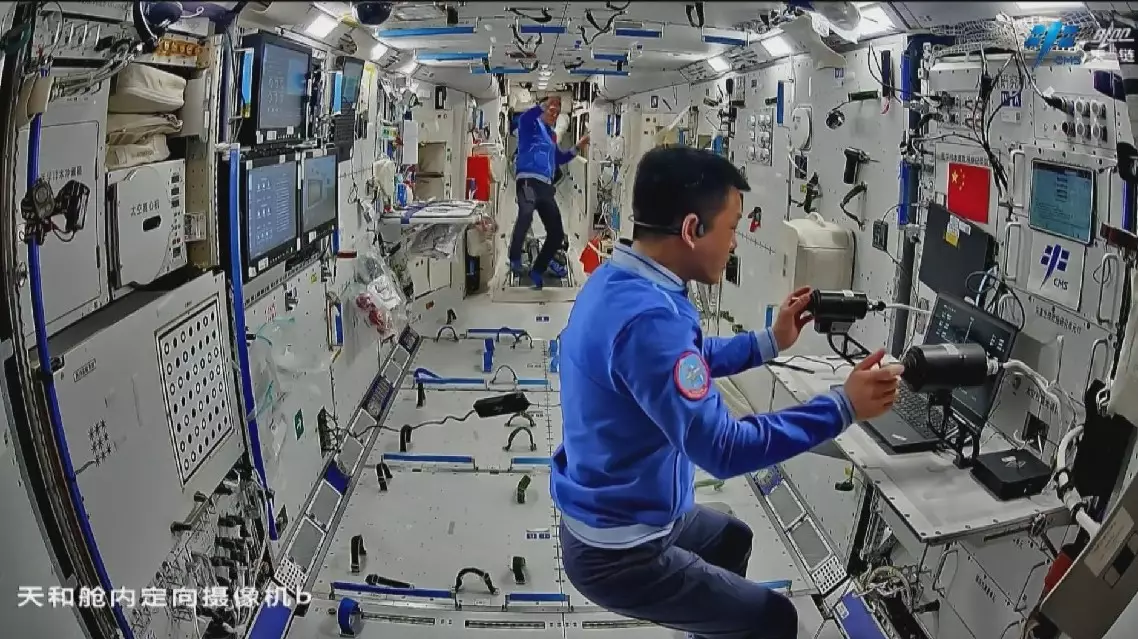China has promised even greater openness for cooperation in lunar exploration and is preparing for manned lunar missions as the Chang'e-6 spacecraft achieved a complete success on Tuesday, bringing back over 1,935 grams of samples from moon's far side.
The Chang'e-6 concluded its 53-day journey as it touched down in north China's Inner Mongolia Autonomous Region on Tuesday, becoming the first spacecraft to successfully retrieve and return samples from the lunar far side and paving the way for scientists to uncover potentially groundbreaking secrets about the moon.
Launched on May 3, the spacecraft carried four international payloads from the European Space Agency (ESA), France, Italy and Pakistan, respectively, and they all functioned as planned.
"The international payloads functioned very well in orbit, and our data have already been delivered to the relevant countries [and institution], with which they are very satisfied. International collaboration went very well for Chang'e-6. We will work for greater openness in our following missions, with more resources and more payload cooperation opportunities available for international partners. I believe more countries will work with us, and the cooperation will go even deeper," said Wang Qiong, deputy chief designer of the Chang'e-6 mission.
Chang'e-6 is one of the most complex and challenging missions in China's space exploration efforts to date. The spacecraft consists of an orbiter, a returner, a lander and an ascender.
Supported by the Queqiao-2 relay satellite, the lander-ascender combination landed at the designated landing area in the South Pole-Aitken (SPA) Basin on the far side of the moon on June 2 and carried out sampling work.
On June 4, the ascender took off from the moon with samples and entered the lunar orbit. On June 6, it completed rendezvous and docking with the orbiter-returner combination and transferred samples to the returner. The ascender then separated from the combination and landed on the moon under ground control to avoid becoming space junk.
The orbiter-returner combination spent 13 days in lunar orbit, awaiting the right opportunity to return to Earth. After completing two moon-Earth transfer maneuvers and one orbital correction, the returner separated from the orbiter and delivered the samples to Earth.
"The rendezvous and docking of Chang'e-6 in the lunar orbit, and the atmospheric 'skip' re-entry performed on its return to Earth are preliminary technical verifications for future manned lunar missions. We will conduct rendezvous and docking for manned spacecraft in the lunar orbit in the future. Of course, manned and unmanned missions have differences in spacecraft, docking mechanisms, and (sample or astronaut) transfer in lunar orbit. But this is a verification for what could come," said Zhang Yuhua with the China Aerospace Science and Technology Corporation.

China offers even greater openness for cooperation in lunar exploration









